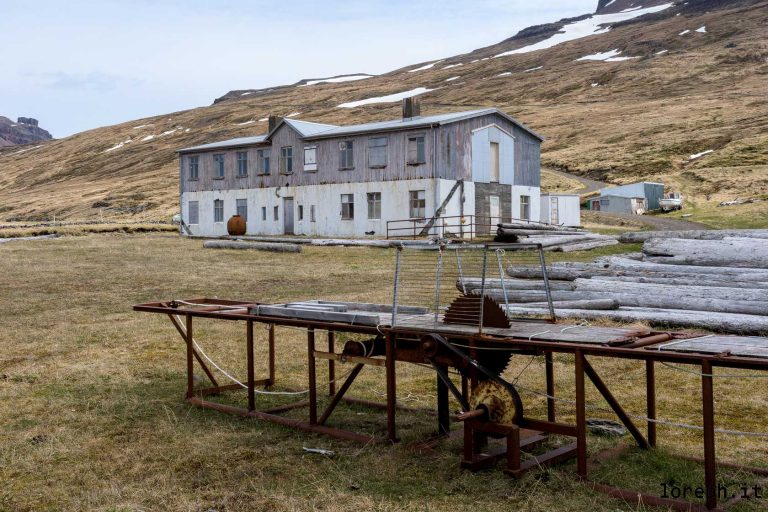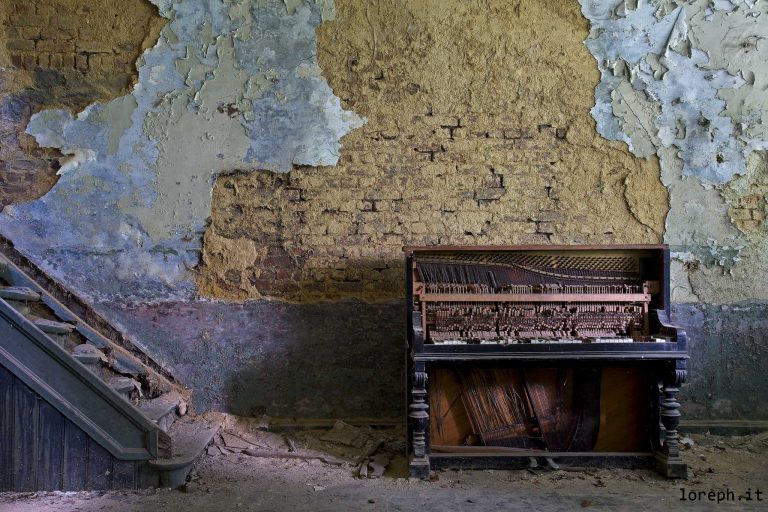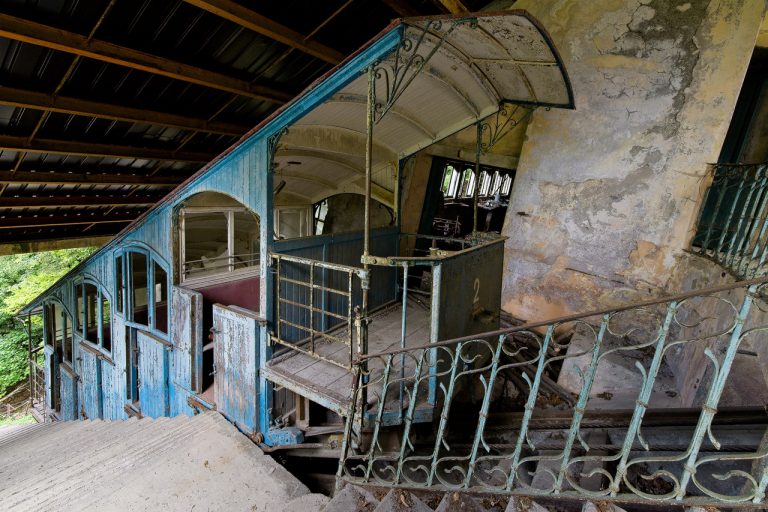THE BLACK FACTORRY: CEGRAM – SGL CARBON [BE]
Exploration #11. This factory, founded in 1972 under the name of CEGRAM, an acronym for “Compagnie de l’Électrographite de la Meuse”, produced graphite electrodes. The company changed hands in 1994 and became SGL CARBON, an acronym for Sigri Great Lakes Carbon, a company created through the merger of Péchiney Carbone with SIGRI GREAT LAKES CARBON GmbH. At the peak of its production it employed 300 people.
Initially the factory produced electrodes with a diameter of 400 to 500 mm, a length of up to 1800 mm and a maximum weight of 800 kilograms, which were intended almost exclusively for the steel industry. Technical improvements were made during 1976, with the delicate start of the impregnation processes for styrene-butadiene products. The range of furnaces was increased to produce electrodes with a diameter of 600 mm and a length of up to 2700 mm. In 1986 a major commercial crisis occurred due to the abundance of global production and ruthless (and unfair) Asian competition. Half of the staff was laid off and the company specialised in the production of large diameter electrodes by subcontracting production from 400 to 500 mm. The company continued production until 1999 when the German headquarters decided to stop production of electrodes in Belgium. The plant continued to operate producing petroleum coke (petcoke) until its bankruptcy in 2007 when all production was stopped and the site went into judicial liquidation.
Many areas of the plant were demolished when petcoke production was transferred, others immediately after bankruptcy. To date the area still belongs to SGL Carbon but is in a complete state of abandonment. Of the former CEGRAM plant only the high tower for sieving, milling and grinding, called “black factory” by the locals, survives.





















